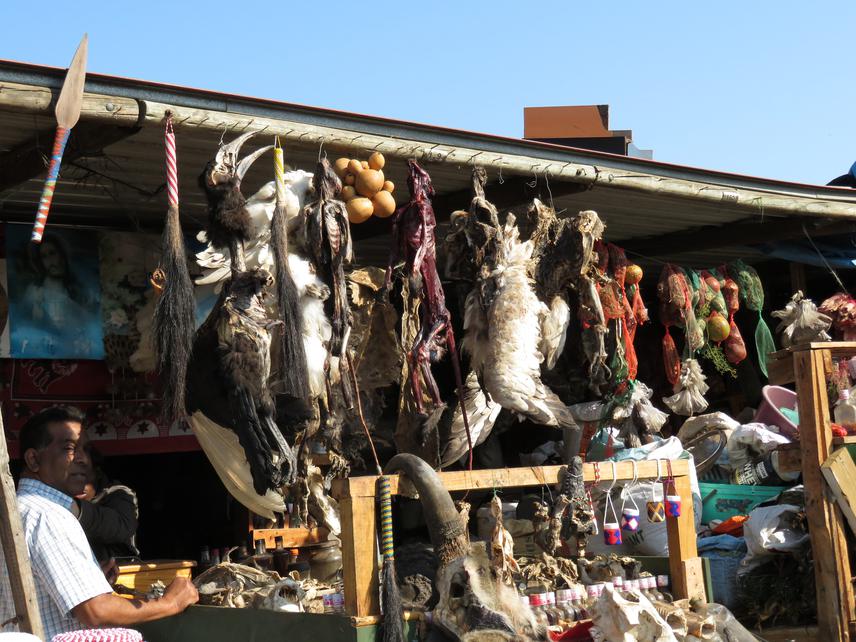This project is the first intensive study of its kind in that we will understand both the current market status and consumer profiles of TAM users in South Africa. South Africa is home to the largest Chinese population in Africa with approximately 300,000 immigrants. Reports from South Africa implicating Chinese and Vietnamese involvement in illegal wildlife trade and practices, including smuggling of elephant tusk, rhino horn and tiger bone have accumulated in recent years. The project’s long-term goal is to strengthen law enforcement efforts preventing illegal trafficking of endangered wildlife products. The project’s immediate goal is to identify wildlife trade hotspots run by Asian immigrants throughout South Africa.

For thousands of years, Asian societies have treated illness and disease with plants, herbs and wild animal products. Although different countries in Asia developed their own way of treating illness from wildlife, these medical traditions are strongly influenced by the traditional medicine practices of China. For example, both Vietnam and China have an ancient history of using rhino horn, pangolin scales and tiger bone as traditional medicines to cure a wide range of illness. As the population of Asian rhino declined toward extinction, the suppliers of TAMs turned to Africa as a new source of rhino horn. New uses of rhino horns, such as in the treatment of cancer, is also believed to be one of the main factors contributing to the rise of rhino horn poaching and trafficking globally.
The demand for tiger bones is also soaring in South Africa. Two facilities in South Africa that claim to be involved with tiger conservation based in Free State are Tiger Canyons and Save China’s tiger. These facilities are thought to be involved in the trade of 11 tiger skeletons and in 2016, an investigation from Al Jazeera titled “The poachers pipeline” documented tiger bones being cooked into “tiger balm” – also known as “tiger cake” or “tiger jelly” (a residue boiled down from tiger bone) in South Africa to be exported and also used by Asian communities in South Africa. It is important to stress that, as tiger populations decline, African lions are being intentionally poached for TAMs. Their bones are being shipped legally to Asia as substitutes for tiger products, believed to also provide strength to the consumers. It is possible that lion bones is not only being consumed in Asia as TAMs, but is also consumed in Africa by Asian communities as medicine.
Currently Africa is considered as a “source” continent – providing wildlife parts, including a wide range of endangered wildlife such as tiger, lion, rhino and pangolin, to feed the demand of TAMs in Asia. However, with the growing economic ties between the Africa and Asia, as well as the increase in Asian immigrants in Africa, this continent might soon turn into an “end user” of wildlife parts for TAMs. Beyond direct threats, the conservation of these species are also hammered by limited knowledge of the illegal trade and consumption of their parts in South Africa through TAMs by East Asian immigrants, and whether or not this practice is being accepted by the local African. This issue must be addressed to conserve tigers, lions, pangolins and rhinos in the long-term.